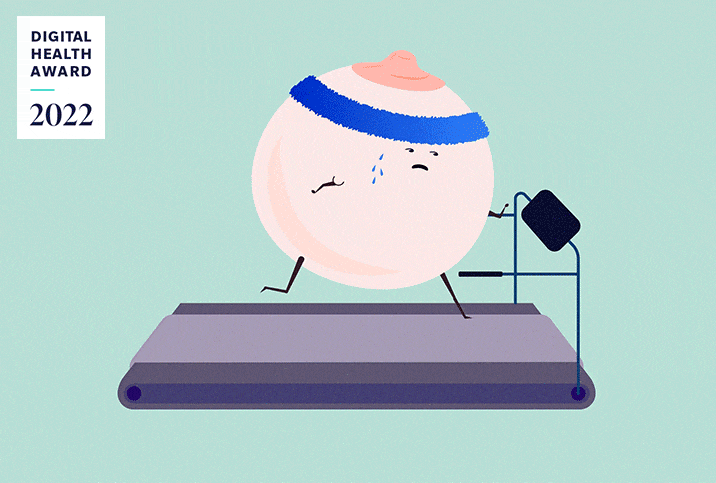In vitro fertilization (IVF) is a series of medical procedures used to boost fertility and assist in conception. Hundreds of thousands of couples in the United States undergo this multistage process each year.
During IVF, mature eggs are retrieved from the ovaries and then sent to a lab to be fertilized by sperm. Once the egg has been fertilized and becomes an embryo, it is transferred from the lab and implanted into the uterus.
People pursue IVF for a number of reasons, and what the process looks like can vary depending on the case.













